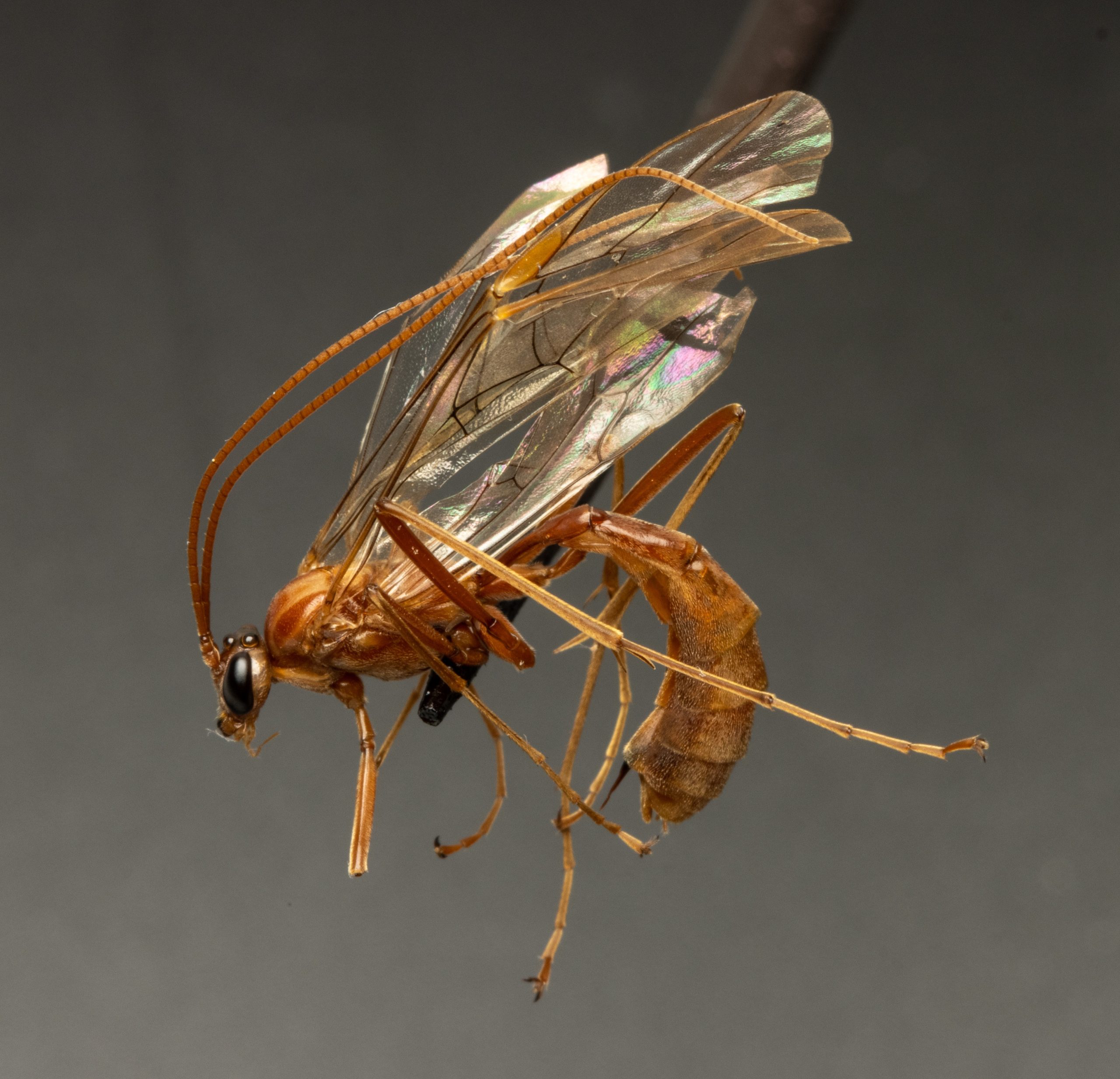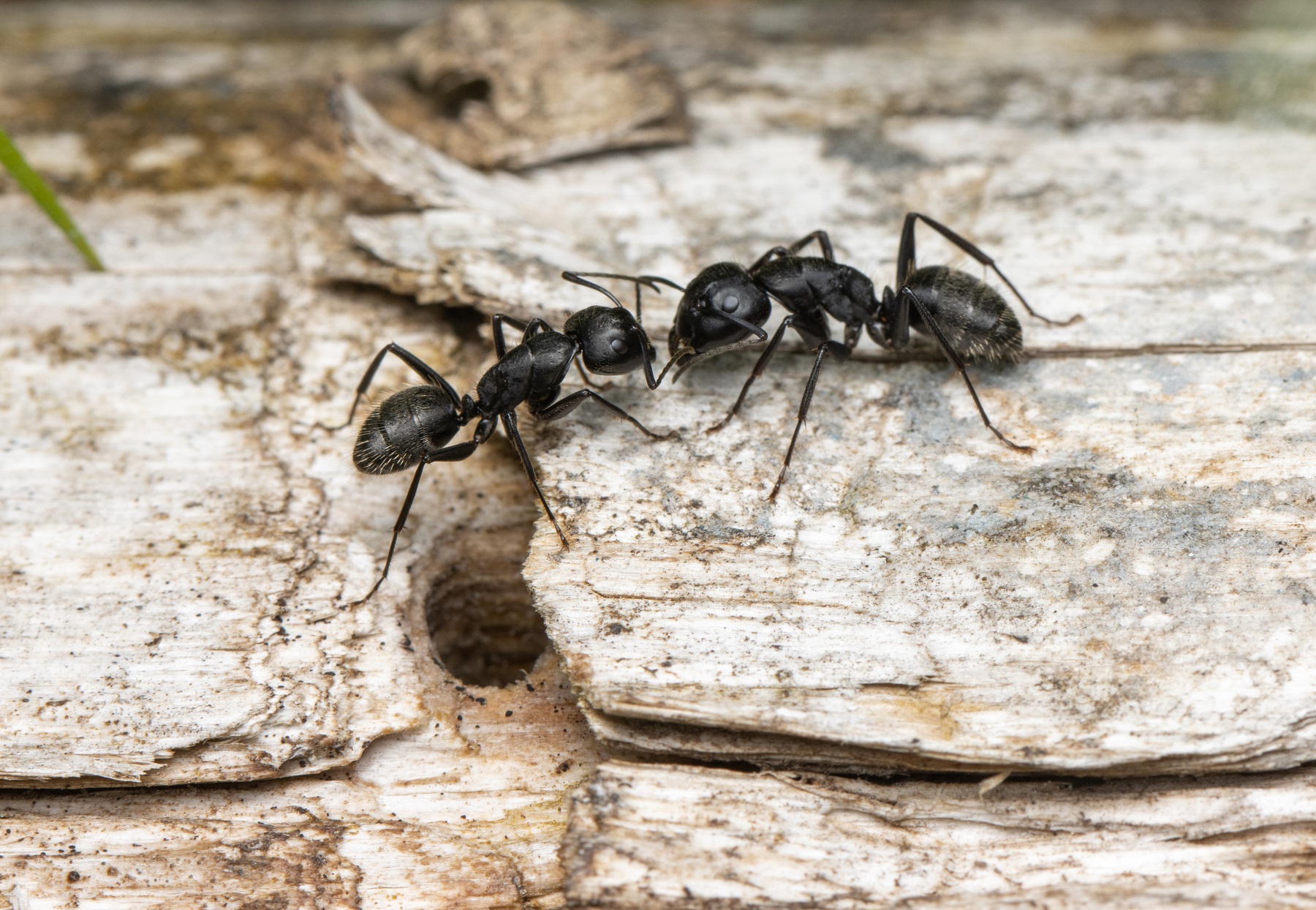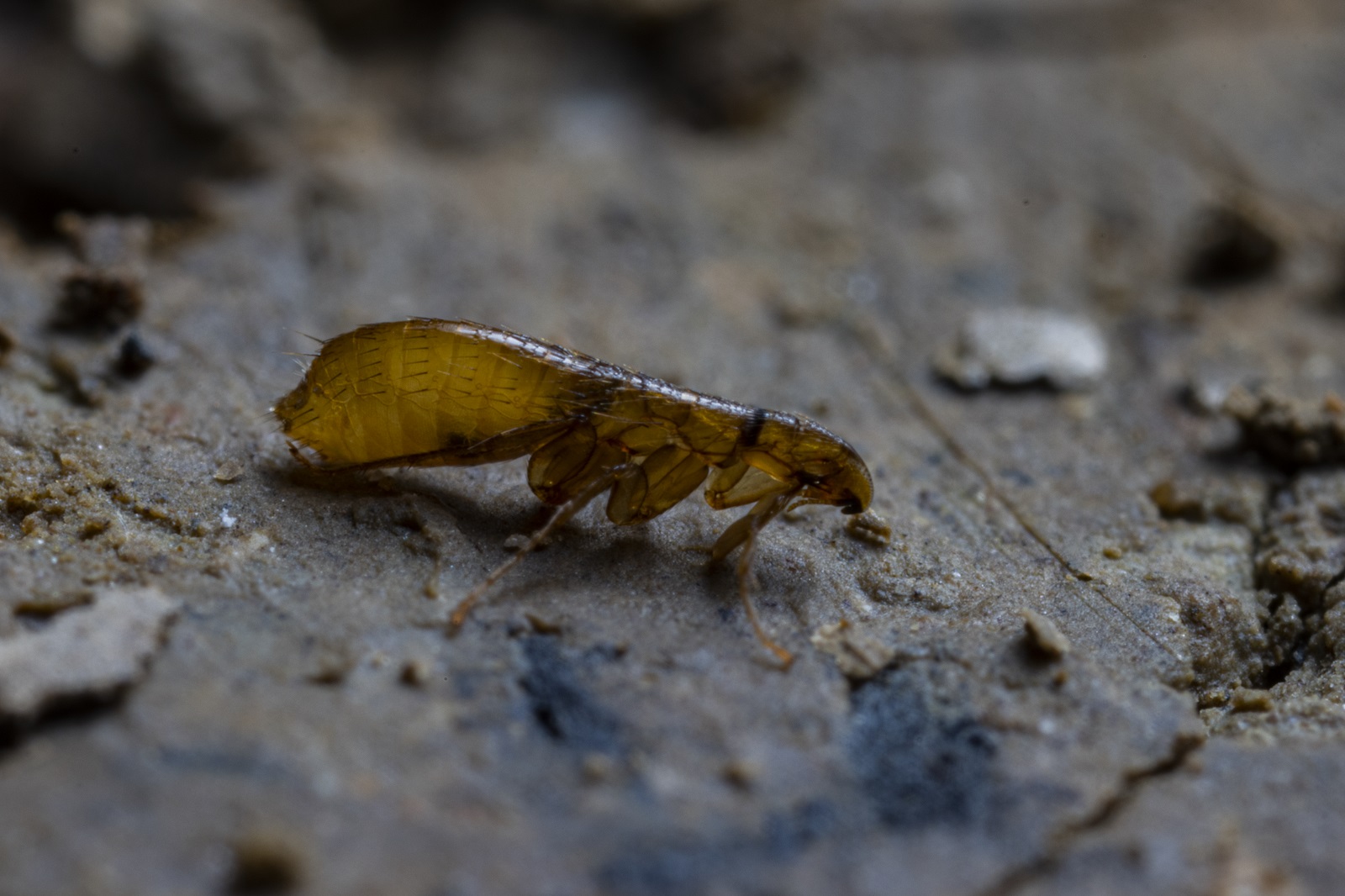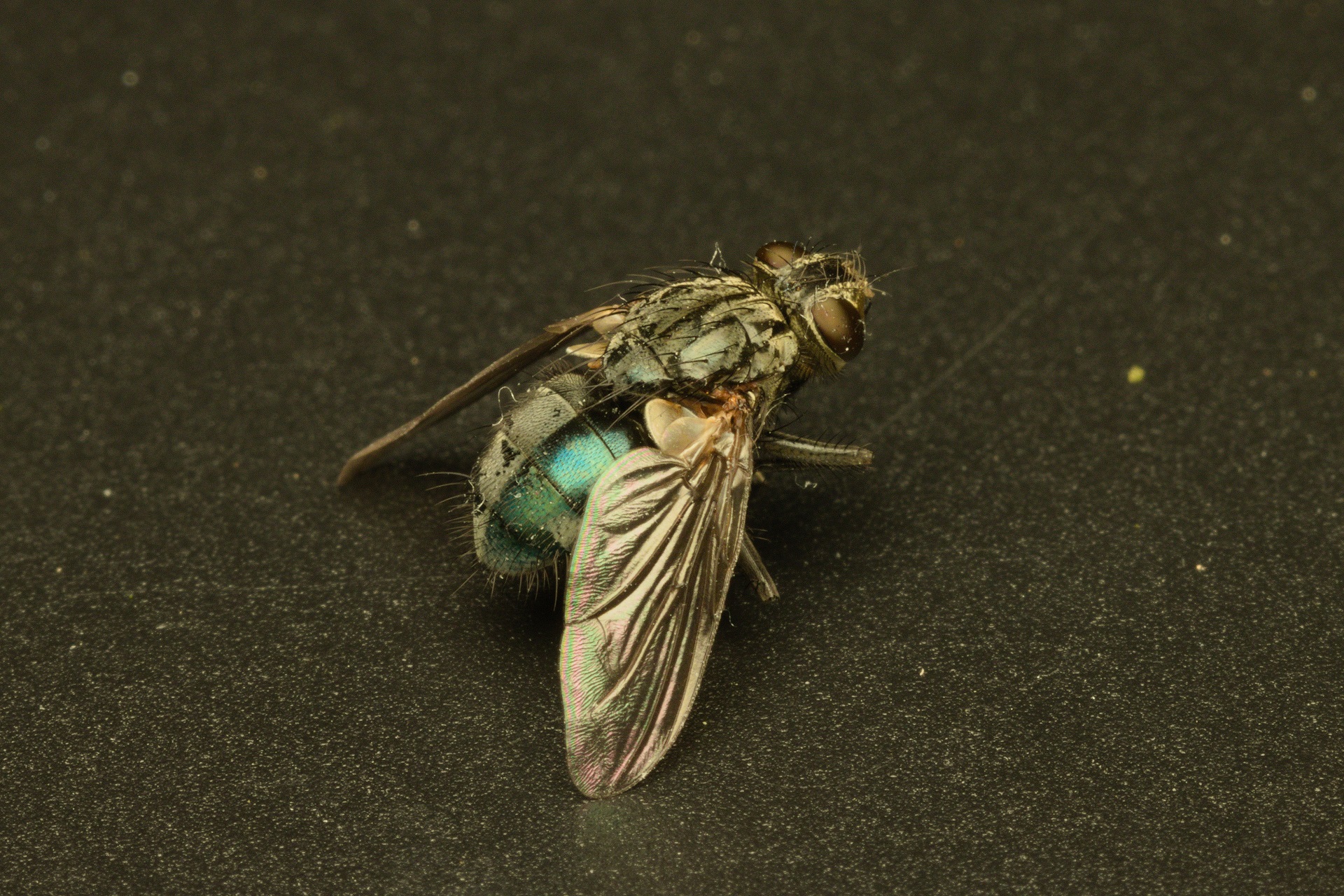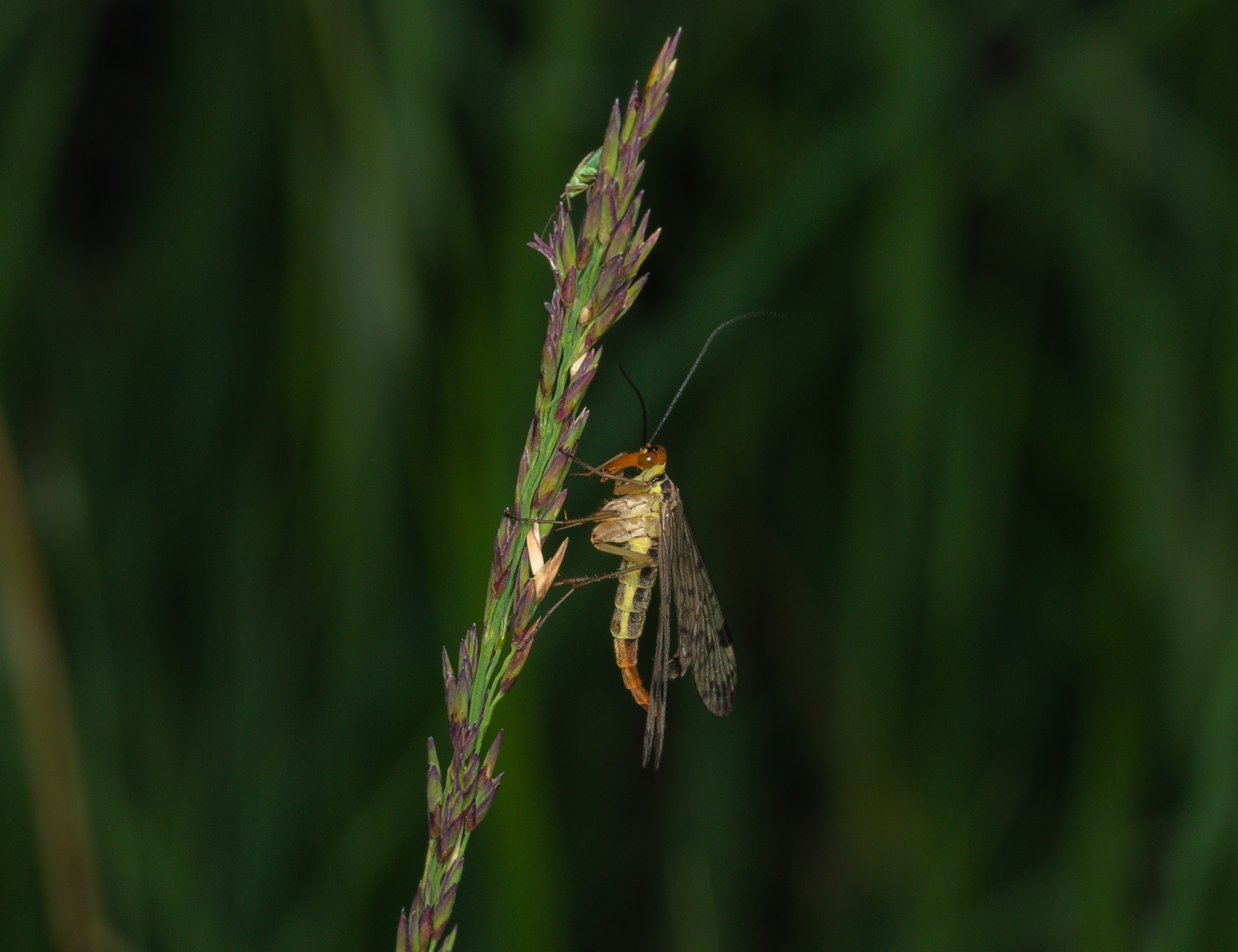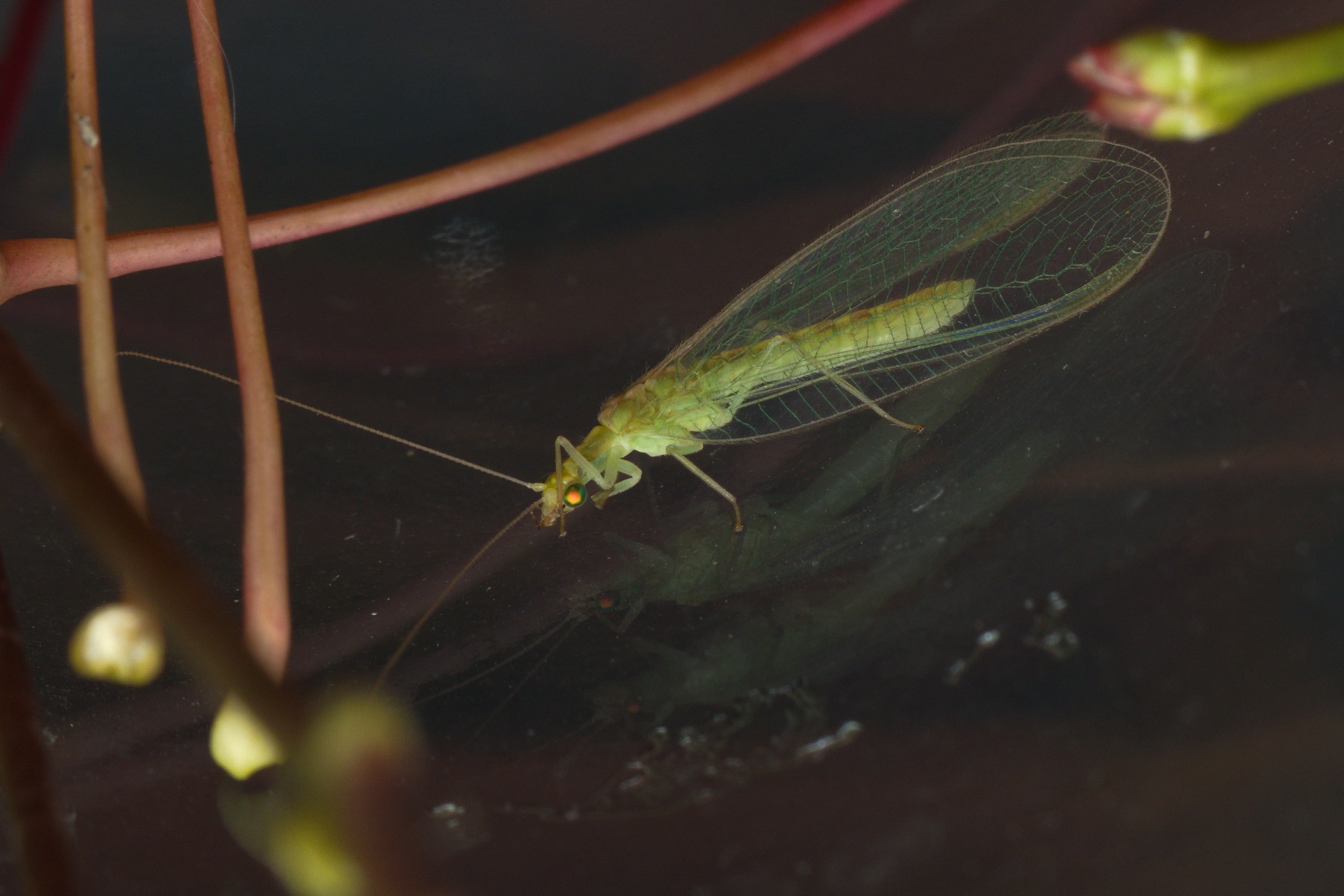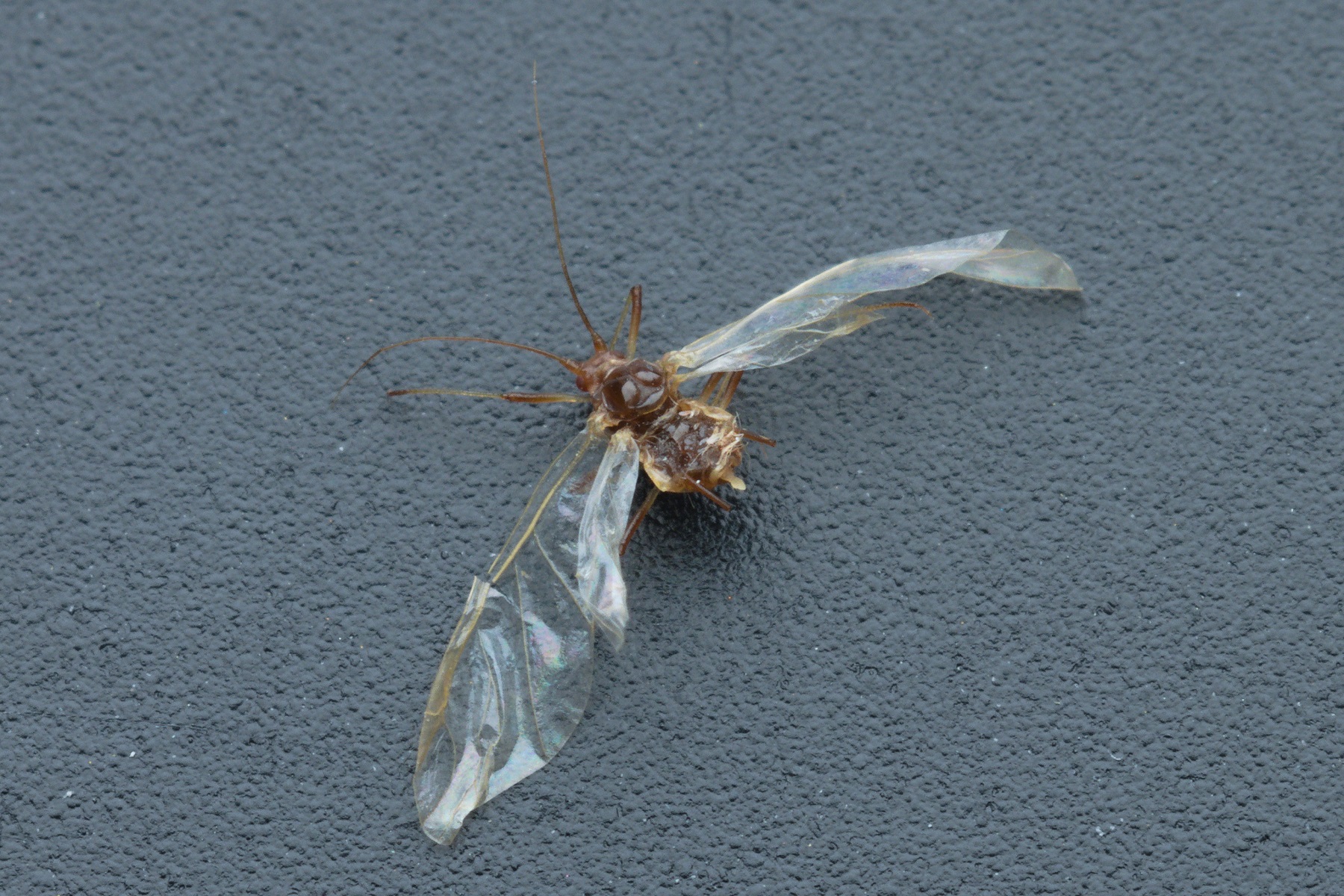Diplura
Description
Two-pronged bristletails are small, primarily wingless hexapods, a few millimetres in length, and white or yellowish in colour. Their body consists of a head (cephalon), thorax, and abdomen. On their head, they have long, thread-like antennae. The segments of the antennae are as long as they are wide, giving them a bead-like appearance (moniliform antennae). Their mouthparts are enclosed within the head capsule and adapted for biting. They also lack eyes.
The thorax is composed of three segments, each bearing a pair of legs. The abdomen is elongated and consists of 10 segments. On the abdominal ventral plates (sternites), there are presumed remnants of abdominal legs in the form of paired styli, sometimes accompanied by small, retractable sacs. The genitalia open between the 8th and 9th abdominal segments. Terminally, there is a pair of cerci. These cerci can be long, segmented, and thread-like, functioning as sensory organs. In the Japygidae family, the cerci are short, single-segmented, pincer-like, and reinforced with chitin, serving to grasp prey.
Biology
Two-pronged bristletails inhabit leaf litter, soil, and caves. They feed on plant material, while members of the Japygidae family are predators. During reproduction, males deposit spermatophores. The number of species in this group is small.
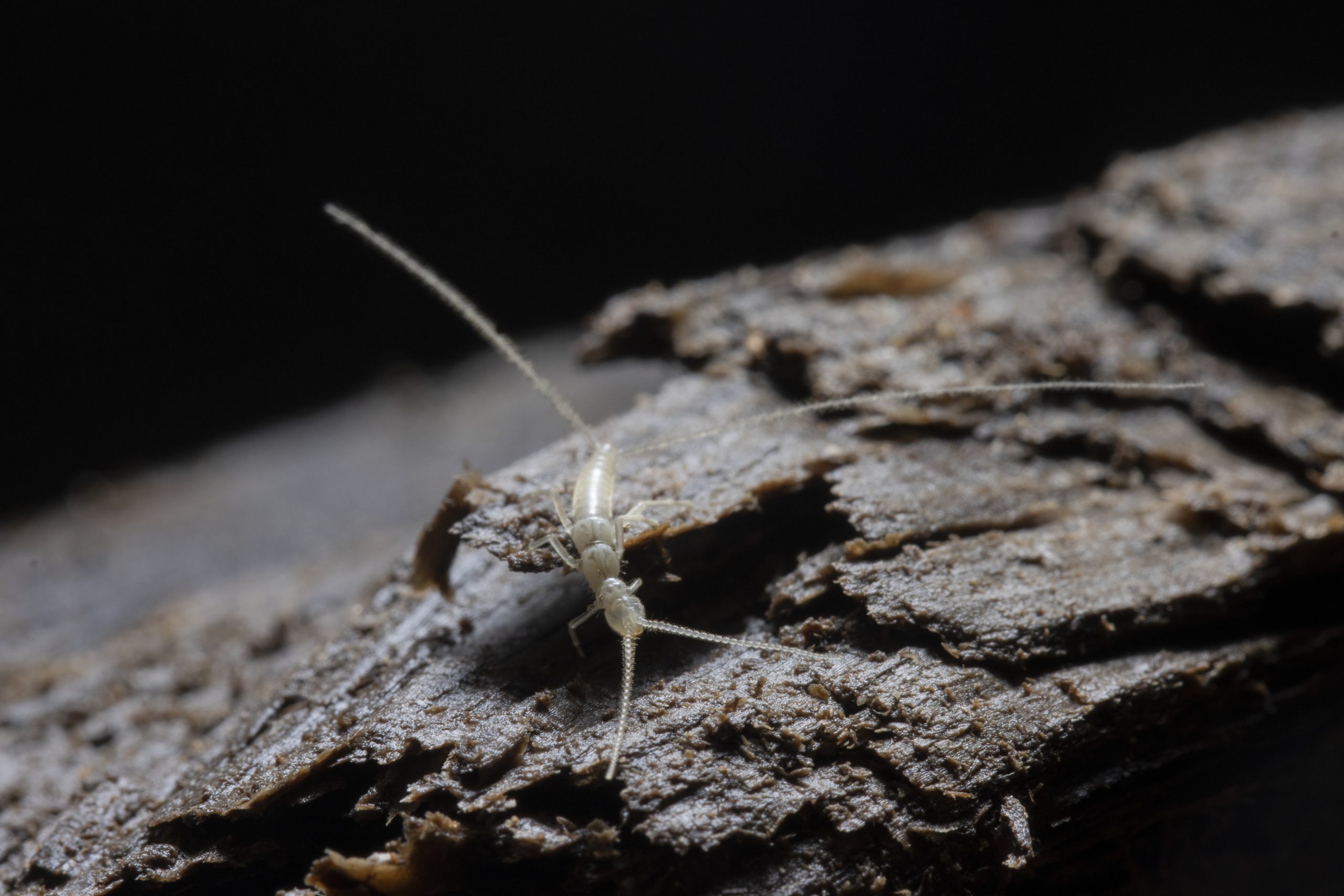
Sorodni členonožci

Authors
- Urban Bogataj,
- Gregor Bračko,
- Teo Delič,
- Cene Fišer,
- Žiga Fišer,
- Rok Kostanjšek,
- Rudi Verovnik,
- Miloš Vittori,
- Valerija Zakšek.
Students Vito Ham, Vesna Jurjevič, Gaj Kušar, and Adrijan Samuel Stell Pičman also participated in the project.
